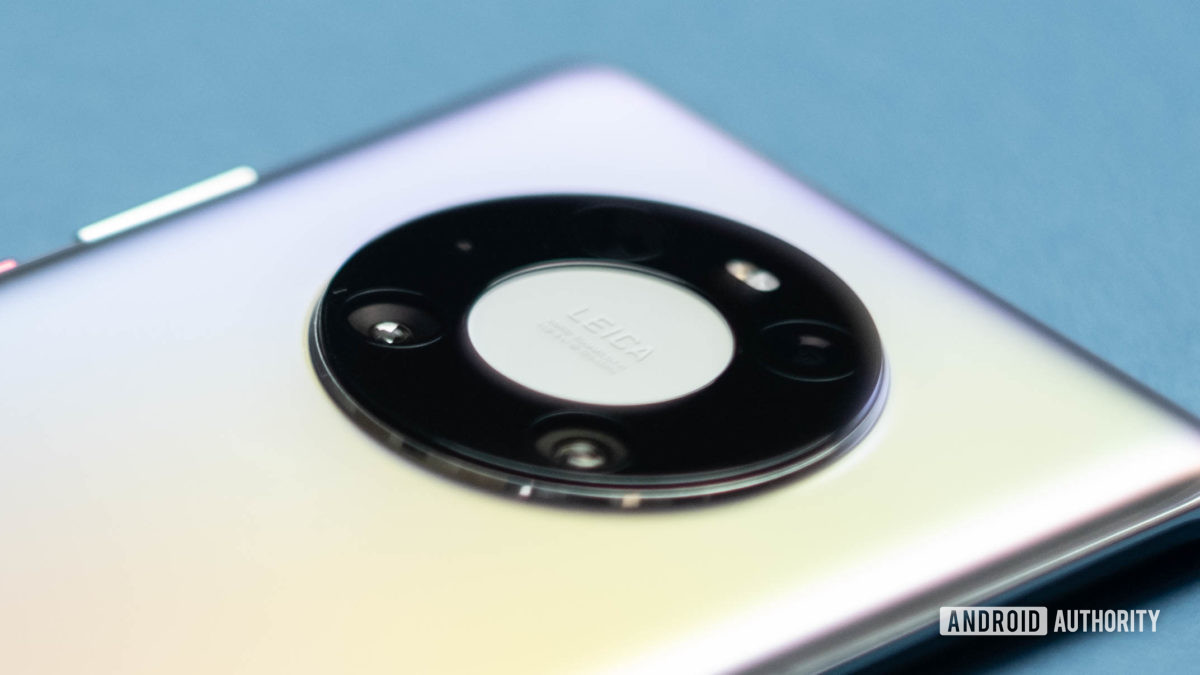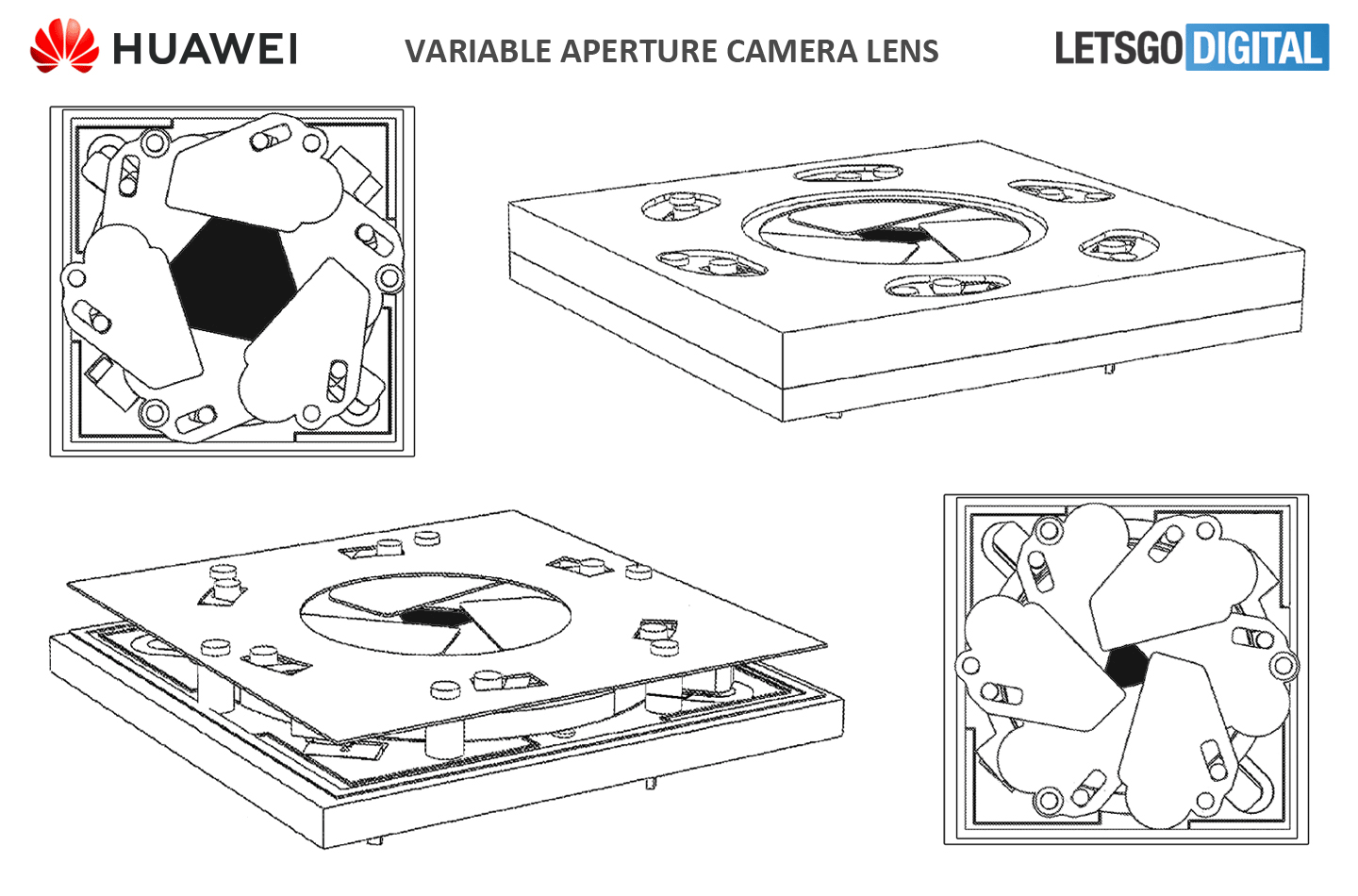
- Huawei has filed a patent for a smartphone camera design with variable aperture.
- The camera system uses a six-blade diaphragm design to increase or decrease the aperture.
Huawei has filed a patent for a smartphone camera with variable aperture.
Spotted by LetsGoDigital, the patent design uses a six-blade diaphragm design. By moving the blades inwards or outwards, the smartphone would be able to increase or decrease the aperture and control the amount of light hitting the camera sensor. Unlike fixed aperture cameras, this would also allow the phone to control the depth of field effect on the fly.
Notably, Samsung implemented a similar system on the Galaxy S9, Galaxy S10, and Galaxy Note 9. These devices featured two aperture settings, namely f/1.5 and f/2.4. More recently, Sony has introduced two aperture settings to its Xperia 1 III flagship’s telephoto lens. It’s unclear if Huawei’s design will also be limited to two aperture settings, or if the stops can be controlled more fluidly.

While Huawei’s design would add some bulk to a smartphone’s camera array, the benefits for more serious phone photographers could be worth it. There’s no word on what sensor or lenses Huawei could pair this aperture system with, and the accompanying hardware would also play a pivotal role, but it could be great for low-light photography.
See also: The best camera phones you can buy right now
Of course, more brands are getting around low light limitations by increasing sensor pixel sizes or simply going for fixed larger aperture designs. These solutions don’t require any moving aperture blades.
It’s unclear if Huawei would introduce this design to any future smartphones. The existence of this patent doesn’t explicitly guarantee the firm will use it. That said, Huawei has traditionally pushed the bounds of photographic performance on its flagships. Whether this design would make a considerable impact remains to be seen.